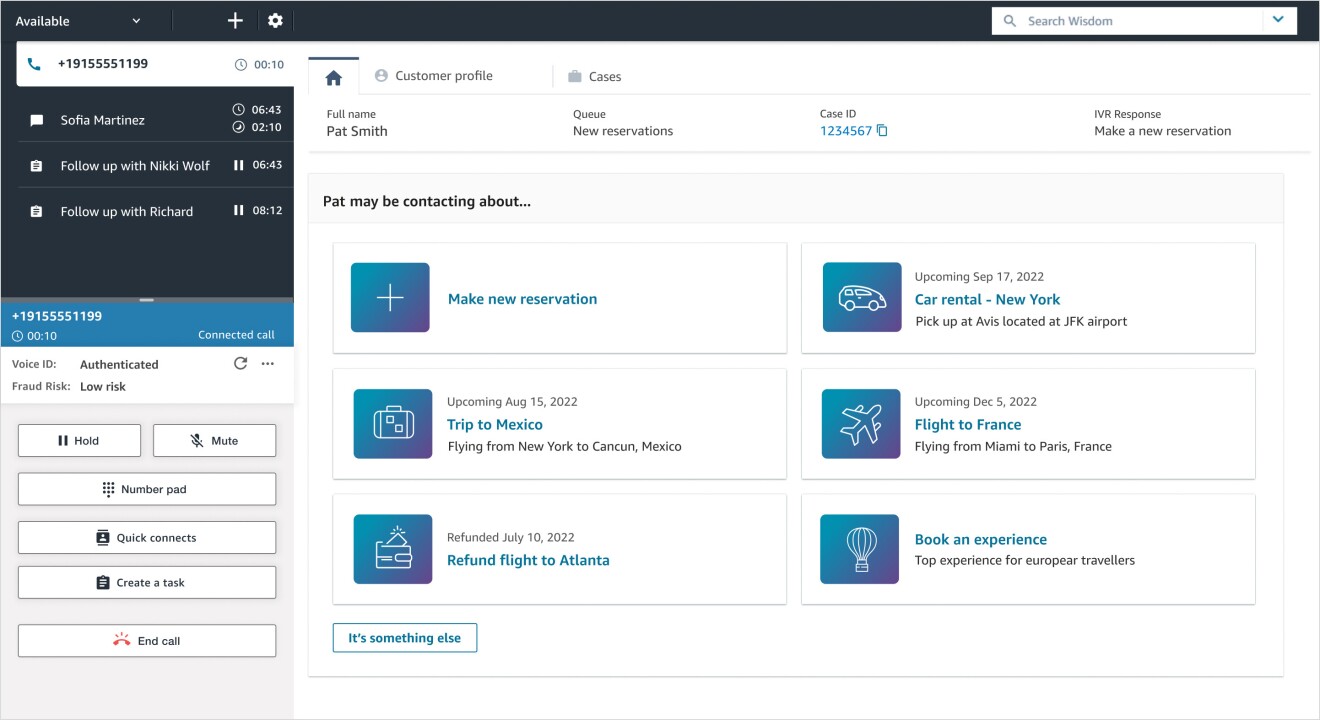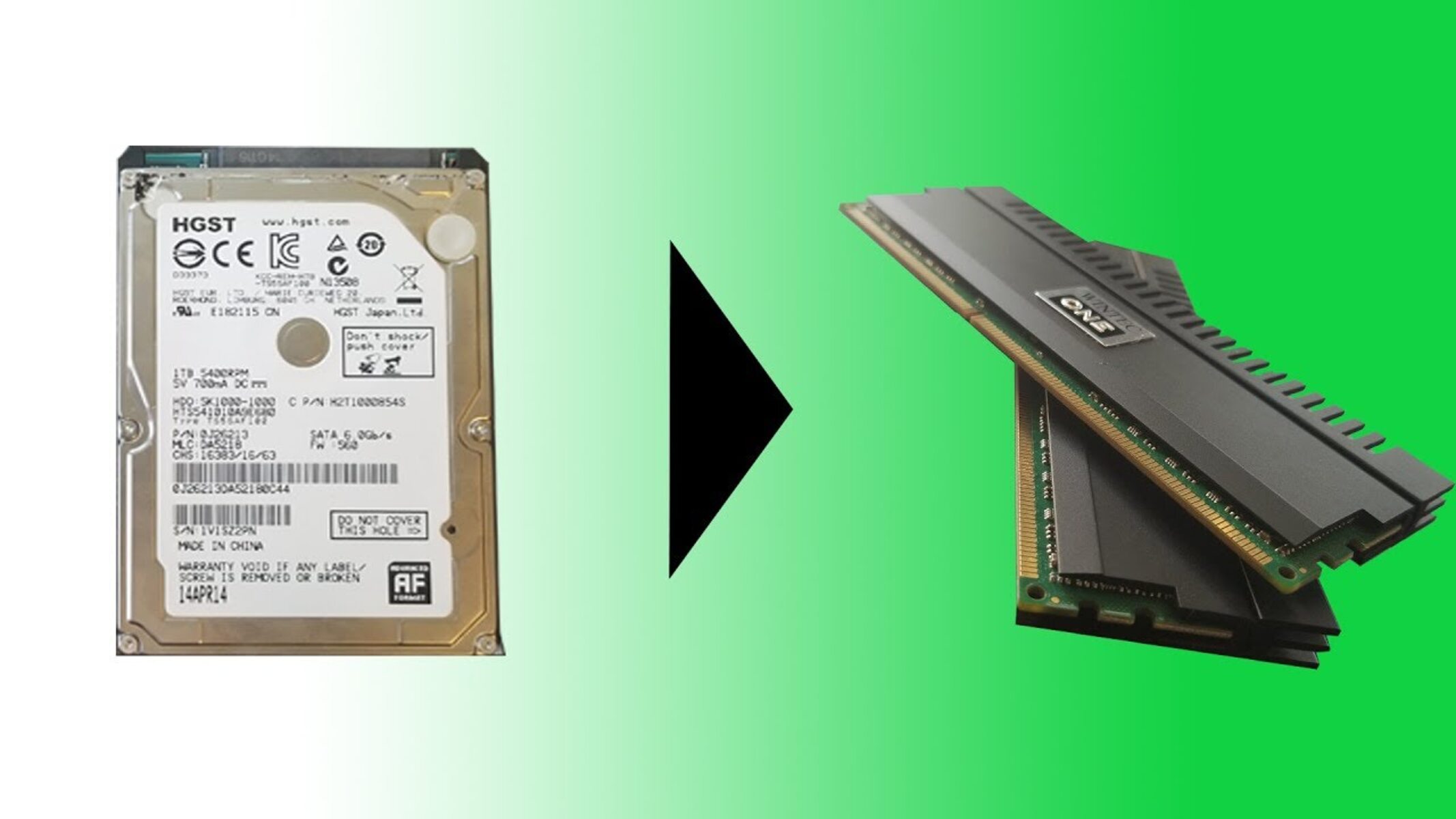Introduction
Computer monitors are an essential component of any computing setup, serving as the primary display for visual output. Whether you’re browsing the web, editing documents, or immersing yourself in the latest video games, a high-quality monitor can greatly enhance your experience. However, with the wide range of monitors available on the market, it can be challenging to determine how much you should expect to spend.
The cost of a computer monitor can vary significantly based on several factors, including the brand, specifications, size, and additional features. Understanding these factors will not only help you make an informed decision when purchasing a monitor but also ensure that you get the best value for your money.
In this article, we will explore the various elements that influence the cost of computer monitors, provide a breakdown of budget-friendly, mid-range, and high-end options, discuss the impact of monitor size and additional features on pricing, and compare the pricing of popular monitor brands.
By the end of this article, you will have a better understanding of the price range you can expect to encounter when shopping for a computer monitor, allowing you to make a well-informed decision based on your budget and requirements.
Factors that Influence the Cost of Computer Monitors
When it comes to the cost of computer monitors, several factors play a significant role in determining the price tag. It’s essential to understand these factors to make an informed decision about which monitor to invest in. Here are the key factors that influence the cost:
- Brand Reputation: Well-known and reputable brands often come with a higher price tag. These brands have established themselves as leaders in the monitor industry and are known for their quality and reliability.
- Resolution and Display Technology: The resolution of a monitor, measured in pixels, greatly affects the price. Monitors with higher resolutions, such as 4K or Ultra HD, tend to be more expensive. Additionally, monitors with advanced display technologies, such as OLED or IPS, also come at a premium.
- Refresh Rate: The refresh rate of a monitor, measured in Hz, refers to how many times the screen updates per second. Monitors with higher refresh rates, such as 144Hz or 240Hz, are typically more expensive. These monitors provide smoother and more fluid motion, making them popular among gamers and multimedia enthusiasts.
- Panel Type: The type of panel used in a monitor can affect both the image quality and the price. TN (Twisted Nematic) panels are commonly found in budget monitors, while IPS (In-Plane Switching) and VA (Vertical Alignment) panels offer improved color accuracy and wider viewing angles, but also tend to be pricier.
- Connectivity Options: The number and types of ports available on a monitor can impact its price. Monitors with multiple connectivity options, such as HDMI, DisplayPort, and USB-C, provide versatility and compatibility with various devices, but may come at a higher cost.
- Ergonomics: Monitors that offer adjustable stands, tilt, swivel, and height adjustments tend to be more expensive. These ergonomic features provide flexibility and comfort, making them desirable for long hours of computer use.
It’s important to note that these factors are not exclusive, and their significance may vary depending on individual preferences and specific use cases. By considering these factors, you can prioritize the features that matter most to you and find the right balance between price and performance when selecting a computer monitor.
Budget-Friendly Computer Monitors
If you’re on a tight budget but still want a decent monitor for everyday use, there are several affordable options available. While these monitors may not offer all the bells and whistles of their higher-priced counterparts, they can still provide a satisfactory viewing experience. Here are some budget-friendly computer monitors to consider:
- Brand: Many well-known brands offer budget-friendly options that provide reliable performance. Look for brands like Acer, ASUS, and LG, which have a range of affordable models.
- Resolution: For budget monitors, you can typically find Full HD (1920×1080) resolution, which offers crisp visuals for everyday tasks. Keep in mind that higher resolutions may come at a higher cost.
- Panel Type: TN panels are commonly found in budget monitors due to their lower production costs. While they may not offer the same color accuracy and wide viewing angles as IPS or VA panels, they still provide adequate performance for general use.
- Size: Smaller-sized monitors, such as 21 to 24 inches, tend to be more affordable compared to larger sizes.
- Connectivity: Look for monitors that offer essential connectivity options like HDMI and VGA to ensure compatibility with your devices.
- Ergonomics: Budget-friendly monitors may have limited ergonomic features, so consider if adjustable stands or VESA mount compatibility are essential for your needs.
While budget-friendly monitors may not deliver the same level of performance and features as higher-end models, they can still meet the needs of casual users, students, or those with limited budgets. It’s important to read reviews and compare specifications to find the best-value monitor within your budget.
Mid-Range Computer Monitors
If you’re willing to invest a bit more in a computer monitor, the mid-range segment offers a balance between price and performance. These monitors typically provide a higher-quality display and additional features compared to budget-friendly options. Here are some key aspects to consider when looking for mid-range computer monitors:
- Brand and Reputation: Mid-range monitors often come from reputable brands that offer a good combination of quality and affordability. Look for brands like Dell, HP, and Samsung.
- Resolution and Display Quality: Mid-range monitors commonly feature higher resolutions like Quad HD (2560×1440) or even 4K Ultra HD (3840×2160), providing sharper visuals and more screen real estate for multitasking.
- Panel Type: IPS and VA panels are more prevalent in mid-range monitors, offering better color accuracy, wider viewing angles, and improved contrast compared to TN panels.
- Refresh Rate: While most mid-range monitors feature a standard 60Hz refresh rate, some models may offer higher refresh rates, such as 75Hz or 144Hz, which cater to gamers and those who value smoother motion.
- Connectivity: Look for monitors with a range of connectivity options, including HDMI, DisplayPort, and USB-C, for maximum versatility with various devices.
- Additional Features: Mid-range monitors often come with additional features like built-in speakers, adjustable stands, and blue light filters to enhance the overall user experience.
Mid-range monitors strike a good balance between price and performance, making them suitable for professionals, creative individuals, and gamers who require a higher level of visual quality and features. They offer better color reproduction, sharper details, and improved viewing angles compared to budget-friendly options, while still being relatively affordable.
High-End Computer Monitors
If you’re a professional designer, photographer, video editor, or an avid gamer looking for the ultimate visual experience, high-end computer monitors are the way to go. These monitors offer top-of-the-line features, exceptional image quality, and advanced technologies, but they come at a premium price. Here’s what to expect from high-end computer monitors:
- Brand and Prestige: High-end monitors are often associated with renowned brands known for their cutting-edge technology and superior craftsmanship. Brands like LG, ASUS ROG, and Dell Alienware dominate the high-end market.
- Resolution and Display Technology: High-end monitors often boast impressive resolutions like 4K Ultra HD (3840×2160) or even 8K (7680×4320), delivering unparalleled clarity and detail. They also feature advanced display technologies like OLED or Mini LED for exceptional color accuracy, deep blacks, and wide color gamut.
- Refresh Rate and Response Time: High-end monitors cater to gamers and multimedia professionals and commonly offer high refresh rates of 144Hz, 240Hz, or even 360Hz, accompanied by quick response times for smooth and fluid motion without motion blur or ghosting.
- Panel Type and HDR Support: High-end monitors utilize premium panel technologies like IPS or VA, providing excellent color reproduction, wide viewing angles, and high contrast ratios. They also support HDR (High Dynamic Range) for a more vibrant and lifelike visual experience.
- Connectivity and Features: High-end monitors come packed with a wide range of connectivity options, including multiple HDMI and DisplayPort inputs, USB hubs, and advanced features like G-Sync or FreeSync for tear-free gaming and USB-C for versatile connectivity.
- Ergonomics and Design: High-end monitors often feature premium build quality, slim bezels, and ergonomic stands that offer extensive adjustability, allowing users to position the monitor comfortably for long hours of work or play.
High-end computer monitors are designed for professionals who demand the utmost in visual accuracy and performance. Gamers seeking the highest refresh rates and response times will also find these monitors ideal for their needs. While they come with a higher price tag, these monitors deliver excellence in every aspect, making them a worthwhile investment for those who value uncompromising quality.
Specialty Monitors and Their Cost
In addition to the standard computer monitors mentioned earlier, there are also specialty monitors available for specific use cases and niche markets. These monitors cater to professionals with specialized needs and come with unique features and capabilities that justify their higher price tags. Here are some examples of specialty monitors and their associated costs:
- Ultrawide Monitors: Ultrawide monitors have an aspect ratio of 21:9 or even 32:9, providing an expansive and immersive viewing experience. These monitors are popular among content creators, gamers, and multitaskers. Ultrawide monitors can range from mid-range options around $400 to high-end models costing $1000 or more.
- Curved Monitors: Curved monitors offer a gentle curve, enhancing the sense of depth and immersion. They provide a more immersive viewing experience with increased peripheral vision. Curved monitors are available in various sizes and price ranges, with mid-range options starting around $300 and high-end models exceeding $1000.
- Professional-grade Monitors: Professional-grade monitors are designed for color-critical tasks such as graphic design, photo editing, and video production. These monitors feature high color accuracy, wide color gamut, and hardware calibration capabilities. The cost of professional-grade monitors can vary significantly, ranging from $500 to well above $2000, depending on the desired specifications and size.
- Gaming Monitors: Gaming monitors prioritize high refresh rates, low response times, and adaptive sync technologies like G-Sync or FreeSync. These monitors cater to gamers who require fluid and responsive gameplay. Gaming monitors can start around $200 for budget-friendly options, with high-end models reaching prices upwards of $1500.
- Touchscreen Monitors: Touchscreen monitors are equipped with a touch-sensitive surface, allowing users to interact with the computer directly using gestures or a stylus. These monitors find applications in digital art, design, and touch-based kiosks. Touchscreen monitors are available at various price points, starting from under $200 for smaller sizes and going up to $1000 or more for larger, high-resolution displays.
Specialty monitors cater to specific needs and requirements, offering unique features and enhanced performance. The cost of these monitors varies based on the technology, size, resolution, and additional functionalities they offer. Before investing in a specialty monitor, ensure that it aligns with your specific use case and brings value to your workflow or gaming experience.
Monitor Size and Its Impact on Pricing
One crucial factor that significantly affects the pricing of computer monitors is their size. The size of a monitor refers to the diagonal measurement of the screen and is typically expressed in inches. It’s important to consider the impact of monitor size when determining your budget and requirements. Here’s how monitor size influences pricing:
Smaller-sized Monitors:
Monitors with smaller screen sizes, such as 19 to 24 inches, are generally more affordable compared to their larger counterparts. These monitors are suitable for basic tasks like web browsing, document editing, and everyday computer use. Smaller monitors are often preferred by those with limited desk space or those on a tight budget.
Mid-sized Monitors:
Mid-sized monitors, ranging from 27 to 32 inches, strike a balance between affordability and a more immersive viewing experience. These monitors offer a larger screen real estate, making them ideal for multitasking, watching movies, and light gaming. Monitors in this size range come in a variety of price points, allowing users to choose based on their needs and budget.
Larger-sized Monitors:
For those who crave a truly immersive visual experience, larger-sized monitors, typically 34 inches and above, are worth considering. These monitors provide an expansive display area, perfect for professionals working on large projects or gamers seeking a more immersive gaming setup. However, larger monitors come with a higher price tag due to their increased screen size and higher resolutions.
It’s important to note that as the screen size increases, additional factors like resolution and pixel density also come into play. To maintain image quality and sharpness on larger displays, higher resolutions are required, which can further impact the pricing of the monitor.
Ultimately, the decision regarding monitor size depends on your specific needs, workspace constraints, and budget. If you require a larger viewing area for productivity or immersive gaming, investing in a larger-sized monitor may be worth the higher cost. However, if space and budget are limited, a smaller or mid-sized monitor can still provide a satisfactory viewing experience at a more affordable price.
Additional Features and Their Effect on Pricing
When shopping for a computer monitor, it’s important to consider the additional features it offers, as they can have a significant impact on both functionality and price. Manufacturers often include various features to differentiate their products and cater to specific user preferences. Here are some common additional features and their effect on pricing:
- High Refresh Rates: Monitors with high refresh rates, such as 144Hz or 240Hz, offer smoother motion and reduced motion blur, making them popular among gamers and enthusiasts. However, monitors with higher refresh rates tend to be more expensive due to the additional technology required.
- Adaptive Sync Technologies: Adaptive Sync technologies, such as AMD FreeSync or NVIDIA G-Sync, synchronize the monitor’s refresh rate with the graphics card’s output, eliminating screen tearing and enhancing gameplay smoothness. Monitors equipped with these technologies often command a higher price.
- HDR Support: High Dynamic Range (HDR) support enhances the contrast and color range, resulting in more vibrant and realistic visuals. Monitors with HDR capabilities tend to be more expensive, as they require specialized hardware and software optimization to deliver the enhanced display quality.
- USB Hubs: Some monitors feature built-in USB hubs, allowing you to connect peripherals directly to the monitor, reducing cable clutter on your desk. Monitors equipped with USB hubs often come at a higher price compared to those without this feature.
- Built-In Speakers: Monitors with built-in speakers offer convenience for those who don’t require separate audio devices. However, the audio quality of built-in speakers may not match that of dedicated speakers or headphones. Monitors with high-quality built-in speakers tend to be more expensive.
- Touchscreen Functionality: Touchscreen monitors offer intuitive interaction through touch gestures, making them suitable for creative professionals and certain applications. The inclusion of touchscreen capabilities adds to the overall cost of the monitor.
- Ergonomic Features: Monitors with adjustable stands, such as height adjustment, tilt, and swivel, provide greater flexibility and comfort. These ergonomic features tend to increase the price of the monitor, as they offer enhanced user customization options.
It’s important to carefully consider which additional features are essential for your usage requirements. While these features can enhance the functionality and user experience, they also contribute to the overall cost of the monitor. Prioritize the features that align with your needs and budget, ensuring that you’re investing in the ones that will bring the most value to your computing setup.
Pricing Comparison of Popular Monitor Brands
With numerous monitor brands to choose from, it’s helpful to compare the pricing of popular manufacturers to find the best value for your budget. Each brand offers a range of models with varying specifications and features, resulting in different price points. Here’s a pricing comparison among some well-known monitor brands:
1. Dell:
Dell is renowned for producing high-quality monitors across various price ranges. They offer budget-friendly options starting around $100 for smaller-sized monitors. Mid-range models with higher resolutions and advanced features can range from $200 to $500. Dell’s high-end monitors, targeting professionals and demanding users, can cost anywhere from $500 up to several thousand dollars.
2. ASUS:
ASUS provides a wide selection of monitors, catering to both budget-conscious buyers and performance-focused users. Their budget-friendly models typically start from around $100 for smaller-sized monitors. Mid-range options, offering higher resolutions and additional features, can range from $200 to $600. ASUS’ high-end monitors, designed for gamers and professionals, can go beyond $1000, depending on specifications and technologies.
3. LG:
LG offers a range of monitors known for their excellent image quality and innovative features. Their budget-friendly options generally start around $100 for entry-level models. Mid-range monitors with higher resolutions and wider color gamut can range from $200 to $600. LG’s high-end monitors, featuring advanced technologies like OLED and Nano IPS, can cost anywhere from $600 to several thousand dollars, depending on size and specifications.
4. Samsung:
Samsung is known for its vibrant displays and cutting-edge technology. Their budget-friendly monitors often start from around $100 for smaller-sized models. Mid-range monitors with higher resolutions and curved displays can range from $200 to $600. Samsung’s high-end QLED and Ultra WQHD models, focusing on color accuracy and exceptional visuals, can range from $600 up to several thousand dollars, depending on size and features.
These are just a few examples of popular monitor brands and their price ranges. It’s important to explore different models within each brand to find the right balance between price, features, and performance that suits your specific needs and budget. Additionally, keep in mind that prices may vary depending on factors like screen size, resolution, panel type, refresh rate, and additional features.
When comparing prices, consider the overall value offered by each brand, including the reputation for quality, customer service, and the specific features and technologies that align with your usage requirements. This will help ensure that you make a well-informed decision when investing in a new monitor.
Conclusion
Choosing the right computer monitor involves understanding the factors that influence pricing and considering your own needs and budget. By evaluating brand reputation, resolution, display technology, refresh rate, panel type, connectivity options, ergonomic features, and additional functionalities, you can make an informed decision about which monitor is best suited for you.
If you’re on a budget, there are plenty of budget-friendly options available that provide satisfactory performance for everyday tasks. Mid-range monitors strike a balance between price and performance, offering higher resolutions, better display quality, and additional features. For those who demand the utmost in visual accuracy and performance, high-end monitors deliver excellence in every aspect, albeit at a higher cost.
Specialty monitors cater to specific needs, such as gaming, professional tasks, ultrawide or curved displays, and touchscreen functionality. The inclusion of these specialized features impacts the pricing of these monitors.
Comparing the pricing of popular monitor brands can help you find the best value for your money. Dell, ASUS, LG, Samsung, and other reputable brands offer a range of models at various price points, catering to different budgets and requirements.
Ultimately, your decision should prioritize the features and performance that align with your needs, while considering your budget constraints. By carefully assessing the factors that influence pricing and conducting thorough research, you can confidently select a computer monitor that enhances your computing experience and provides the best value for your investment.












![What is System Data on Mac and How to Delete It [GUIDE]](https://robots.net/wp-content/uploads/2022/07/what-is-system-data-on-mac-featured-300x175.jpg)












